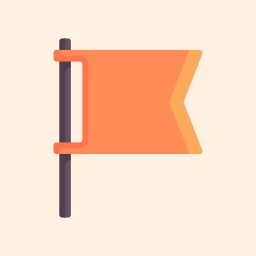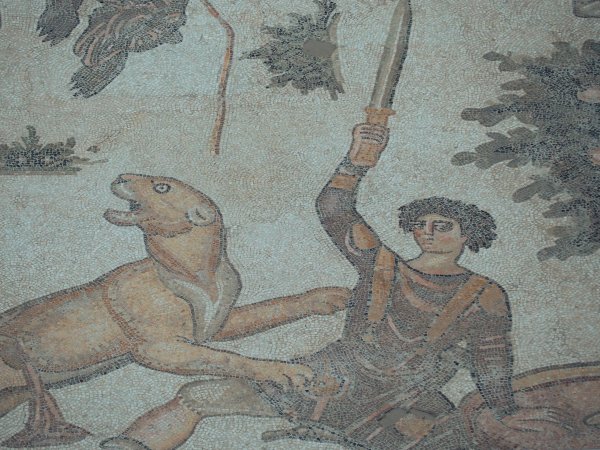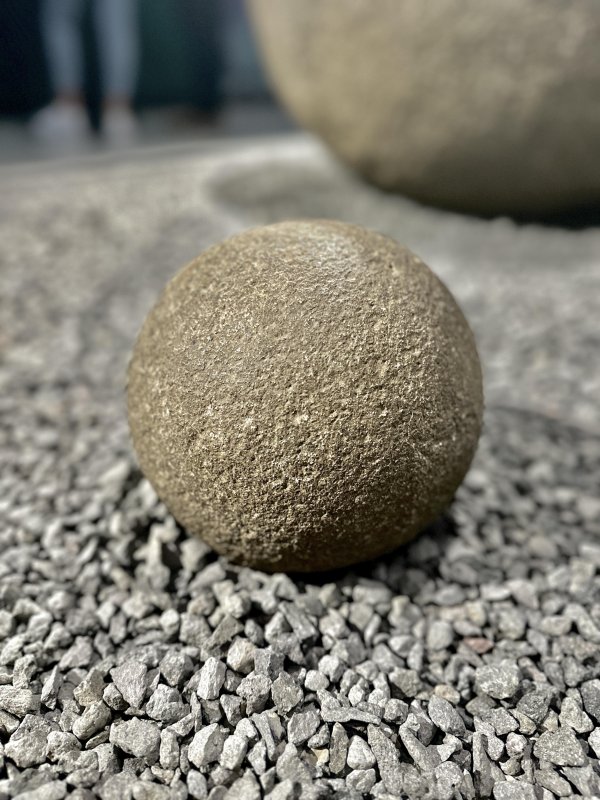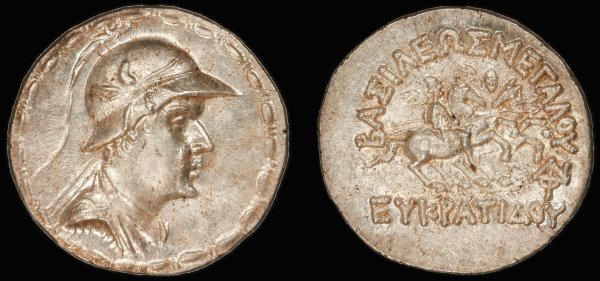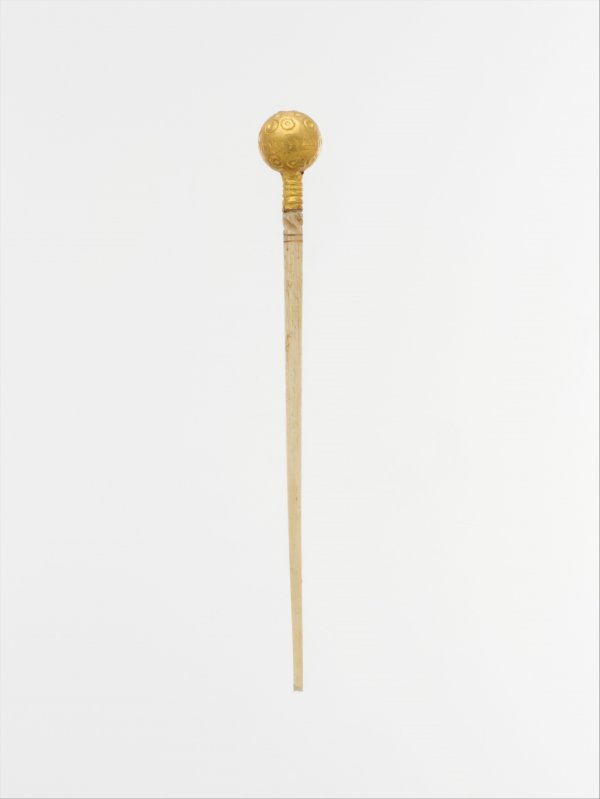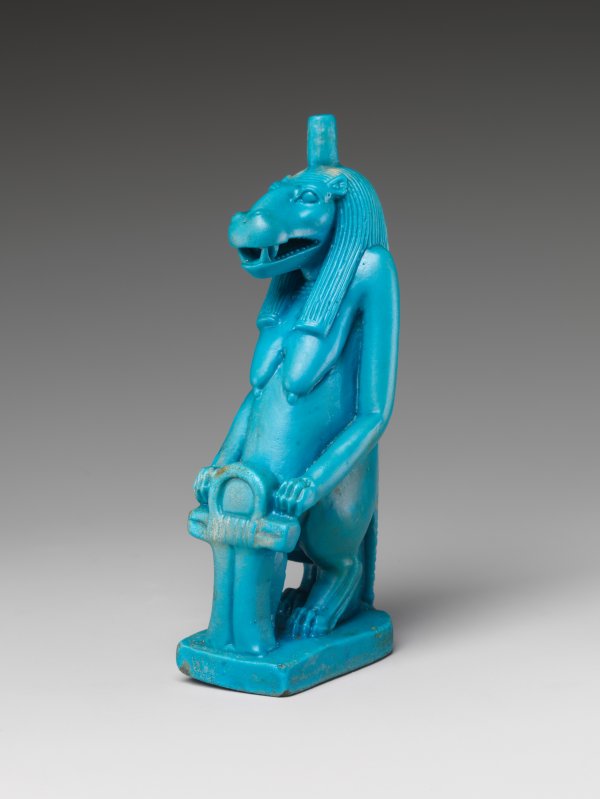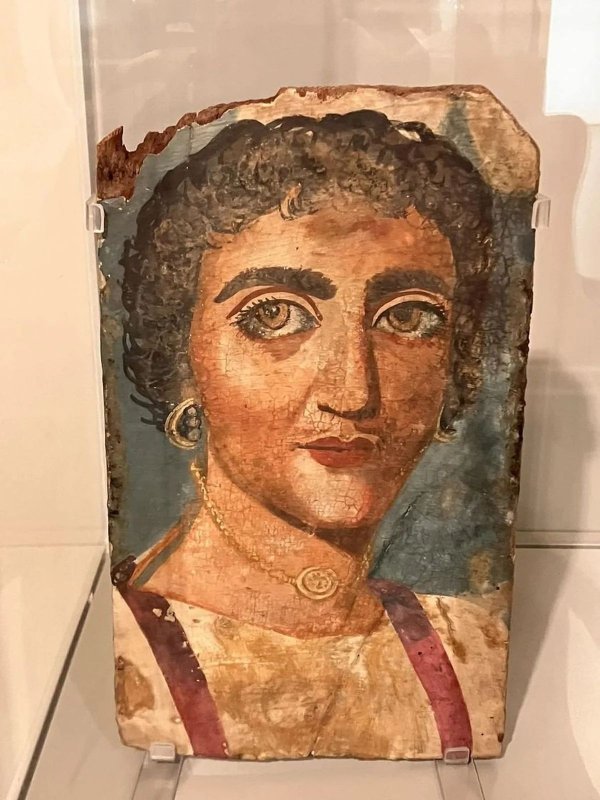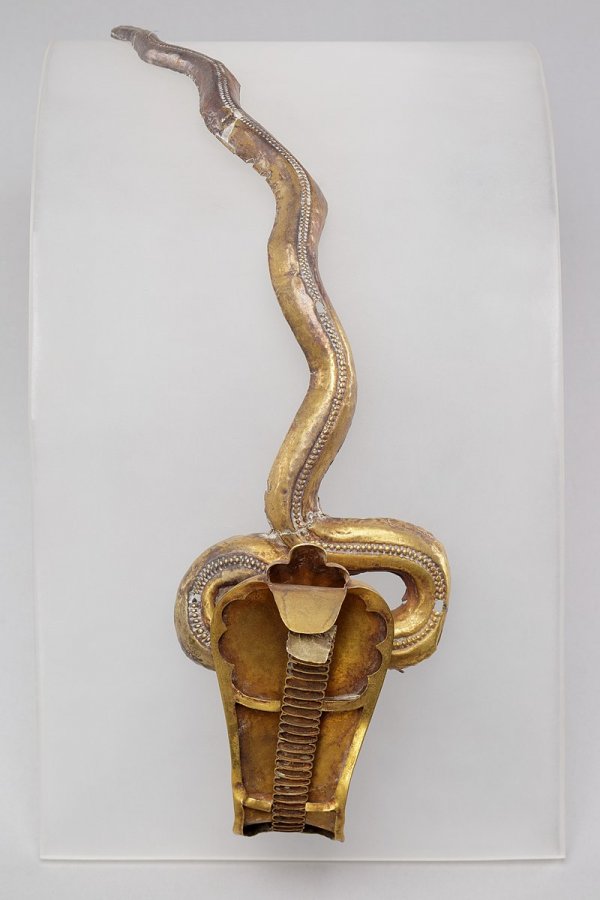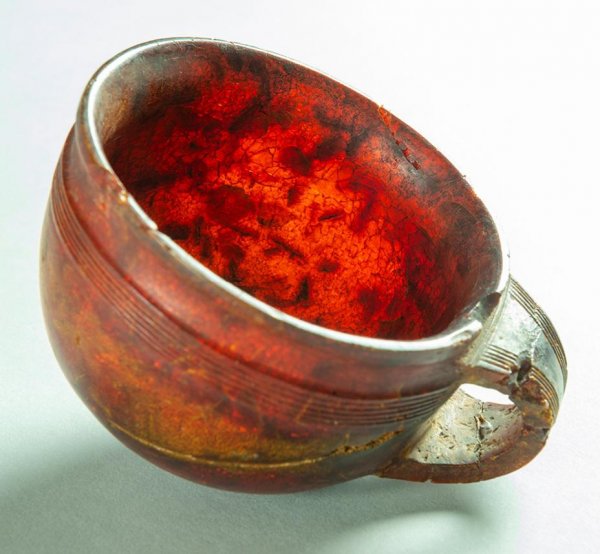The Ferreres Aqueduct, also known as the Pont del Diable, is an ancient bridge, part of one of the Roman aqueducts that supplied water to the ancient city of Tarraco in Catalonia, Spain. The 1st century CE aqueduct has a maximum height of 27 metres and a length of 249 metres [550x825]
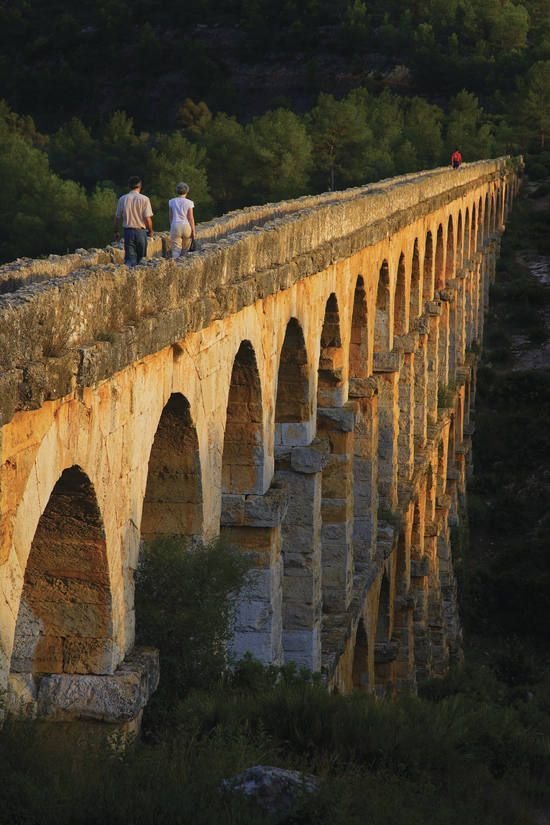
Pythagoras (centre) teaches 8 other physicians (Andromachus the Elder, Andromachus the Younger, Heraclides, Philagrius, Proclus, Magnus of Mesa, & Galen). From the Kitab al-Diryaq (Book of Antidotes), an 1198 Arabic medical treatise + collection of tales about these nine Greek physicians. [751x1024]
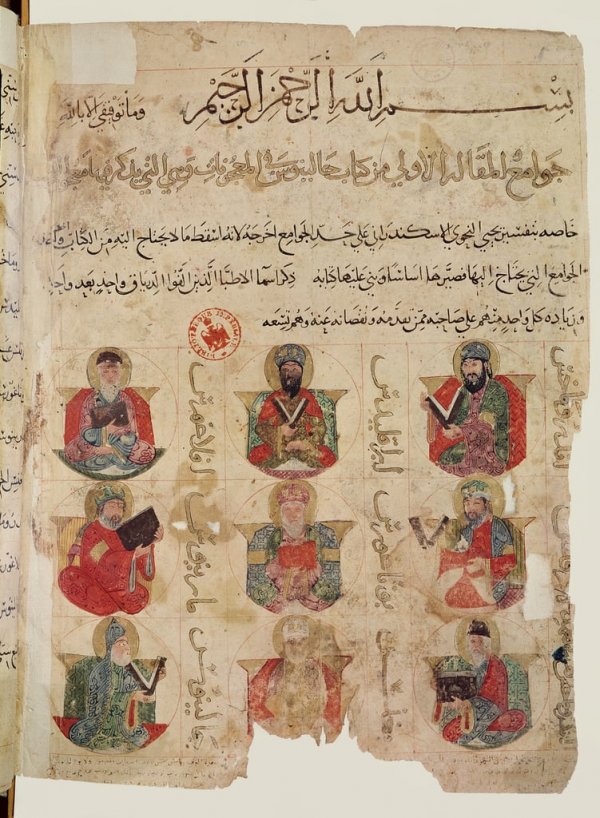
Marble bust of Eutropius, a 4th century Eastern Roman official who rose to prominence during the reign of emperor Arcadius. He was the 1st eunuch to become a consul in the Roman empire. Found in Ephesus in Turkey, 450 CE, now housed at the Kunsthistorisches Museum in Vienna [1791x3469]

